Brian Madderson has vowed to make the fight over business rates the top priority under his new leadership of RMI Petrol, (formerly known as the Petrol Retailers’
Association). He called for an urgent meeting to discuss the issue soon after becoming chairman of the association in November, and true to his word an RMIP Rates Working Group meeting was held at the end of last month. Madderson warned he had grave concerns about the ’bizarre methodology’ used by the Valuation Office Agency (VOA) on all three major revenue streams the forecourt, car wash and shop areas of a site. The controversial rateable values have caused a storm of protests in the industry since their release by the VOA in October.
According to the Association of Convenience Stores (ACS), some retailers have reported that the rateable values on their sites, which will be used to work out the new business rates starting on April 1, 2010, have jumped by up to 600%.
Madderson said: "Not all the site-specific VOA assessments have arrived with the independents yet. And as they are arriving so people are becoming more and more concerned about what a bizarre methodology is being applied to the petrol forecourt sites. That’s why I called for the Rates Working Group meeting, which was attended by the ACS. We will be pooling our knowledge of a number of sites across the country in terms of the likely impact these measures would have should they be put in place."
Madderson’s appointment follows the departure of director Ray Holloway earlier this year. The new chairman said he regretted that the organisation had been moribund for most of 2009 but vowed it was now back in the game and would give independents a voice once more.
He added: "I’ve inherited this issue and we’re trying to get to grips with it as urgently as we can. I don’t think the advisors to the industry fully anticipated the impact on the bottom line of independent operators." Despite the ticking clock, he said he felt positive there was still time to make a difference.
Fuel margins
One issue Madderson says needs challenging is the way fuel margins are assessed. The VOA works out a hypothetical fuel margin for sites in order to get the final rateable value for the forecourt side of a site’s business.
According to Paul Sewell, managing director at forecourt rating specialist MUA Property Services, it does this by calculating the average selling price of a litre of unleaded in 1997 at every site.
In 1997 the average sales price of a litre of unleaded was 95p, giving the VOA an ’assumed margin’ of 3.6p.
Sewell says this applied to a percentage on a sliding scale depending on the number of litres sold at a site per annum. For example, 14% for a site selling 3mlpa and 22% for a site selling 10mlpa (3.6p x 3 x 14%). This is how the VOA works out the rateable value on the forecourt section.
Sewell said the ’assumed margin’ was still under discussion.
Madderson added: "We believe the VOA has seriously overestimated the average margin on fuel. They have not taken into account the fuel supply agreements. And we believe they have not made provision for other costs coming in like Nectar Cards, bunker fuel and fuel cards." He said a lot of retailers were also selling less fuel than in 2007 due to fuel prices rocketing in mid-2008.
According to retailer Brian Tew of the Simon Smith group, who is also a RMIP committee member, the independents and their industry representatives should have been more active in fighting the shop valuation changes when they were introduced in 2005. He said: "From my perspective, the VOA does not have any understanding of the way in which fuel is wholesaled by the oil companies, what independents are buying at, their margins or the way that Platts prices work."
Broad brush
A second bone of contention is the car wash. In its revaluation, the VOA decided that 20% of the turnover of a car wash would be its rateable value. So if a car wash operation has £50,000 annual sales, its rateable value is £10,000. This is a change from the system implemented in 2005, which had eight different bands for car wash operations. Retailer David Charman, chairman of the Car Wash Association (CWA), described the previous system where the eight bands meant the rateable value was calculated from 7.7% to 15% as "simple and reasonably fair". (For more detail, turn to the CWA comment on page seven).
It is the new broad brush approach of 20% that has raised the hackles of many, including Madderson who warned: "It doesn’t matter if a retailer has one jet wash or three roll-over car washes, it’s still 20%. That doesn’t work at all because if a retailer has a car wash doing £40,000 a year, there are the costs of operation like rising prices for electricity and water and chemicals, not to mention depreciation of equipment. You’re looking at a £20,000 cost. So the margin is £20,000 less VAT, which is £15.000.
"Meanwhile, the VOA seems to have no regard that sites with car washes are now under intense pressure from hand washes. It’s just going to make life appallingly difficult for a professionally-run car wash operation."
Tew said he was at a loss to understand the methodology on car wash rateable values. He has emailed the VOA a copy of the costing sheet used by his car wash supplier to explain the issue. In the email he pointed out that, although the machines his sites use cost rather more than £40,000, the figures showed that the yearly cost of a car wash came to around £19,000.
Tew told the VOA: "With a revenue of £40,000 per annum (£34,782 excluding VAT) your methodology suggests that £8,000 of the £15,500 surplus is available for rateable value (rent). Frankly you would need a more expensive machine to achieve £40,000 pa, and none of this takes account of the financing cost of another £1,500 per annum. My back of an envelope calculations suggest that no more than £3,000 to £8,000 would be available to pay rent on a majority of car wash locations."
He said the VOA had got this whole issue "seriously wrong", going so far as to suggest that a Judicial Review would be the way forward unless the VOA was able to review its whole approach.
If the cap fits
The third issue, and perhaps the most controversial, is the valuation of the shop side of a site’s business. One of the major issues is that for the first time shop sales have been capped at £2m per year, which experts say favours larger stores and especially supermarkets.
The RMIP wants this cap to be removed. But according to MUA, the VOA reckons the cap is fair. Sewell said: "We have been informed by the VOA that after analysis they have seen a levelling off of the rent people are willing to pay for stores over the £2m mark."
But what the RMIP really wants is for all c-stores to be valued in the same way according to Sewell, a standalone c-store is currently valued in a different way to a c-store on a forecourt. On a standalone c-store the VOA looks at the rental value per square metre. On a forecourt it looks instead at the rental value of the turnover, also known as "percentage to rent".
Sewell explained: "This is the way the market values c-stores, it’s done by comparison with other c-stores and looks at value per square metre a bit like renting an office where it costs a certain amount per square metre. But with a petrol station it’s the amount of trade that the shop is doing that is taken into account. The size of the shop bears no relation. It’s because you could have a small shop but it could be on a forecourt on the edge of a motorway that’s extremely busy."
David Charman added: "Fuel-wise, there have clearly been errors regarding working out the profit margin, but I’ve no doubt this will be worked out. It’s the shop side that really concerns me because the shop is our future. If I’m compared with a stand-alone Tesco Express store nearby that’s calculated on a square metre basis then this is simply not fair. This is the biggest thing that’s ever hit our business, all I want is the chance to be competitive with my competitors."
The government has promised some help and is planning to introduce a programme of transitional relief on business rates, Sewell says this means people whose assessments double or triple won’t have to pay that increase overnight. Any rises will be phased in over a number of years in England (Wales and Scotland will have their own rules), meaning no one will pay more than 12.5% extra in the first year (2010-2011). This rises to another 17.5% (plus inflation) in the second year, then 20%, and finally 25% each year for the next two years.
But Madderson remained unconvinced, warning: "It’s a sop really to make retailers think it won’t be as bad as it will be at the end of the five years. The government is trying to dampen down our very real concerns. By 2015 some retailers will be paying a huge amount more than at present." To make matters worse, Sewell said the VOA felt sites had been valued too low for many years, so while the average rateable value for a UK business has increased by 16%, for a forecourt it’s 60%.
He added that the pence in the pound used to work out business rates from the rateable value had provisionally been set at 41.3p in the pound (expected to be finalised in January). Meanwhile, for any retailer wanting to question their business rates, the appeal process opens in April 2010 after the new rates come into effect. But Sewell warned retailers they would need a chartered surveyor experienced in dealing with petrol station rating appeals and the process could take up to a year. Retailers with concerns can email brianmadderson@rmif.co.uk.

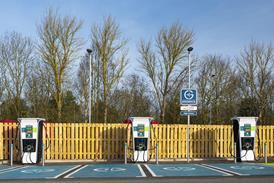

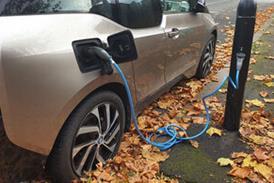

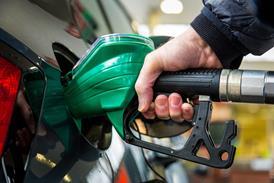
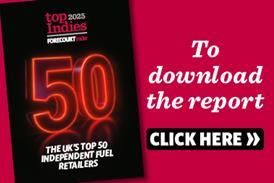


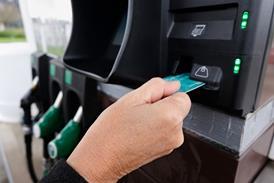


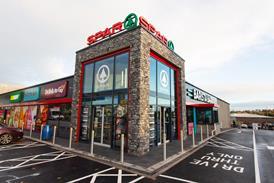
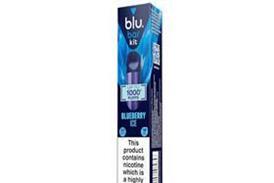
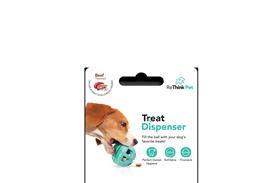
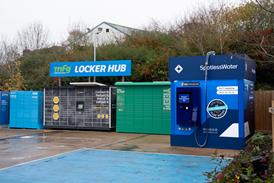
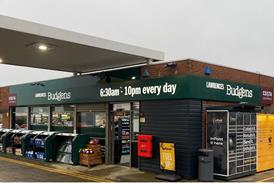

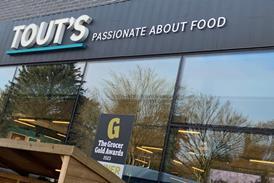


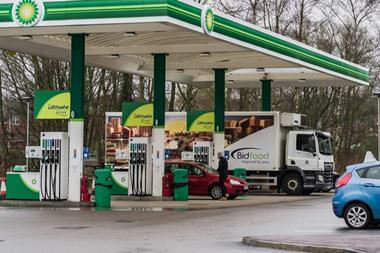

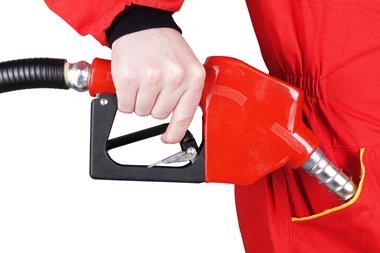






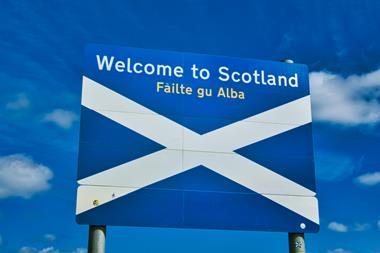
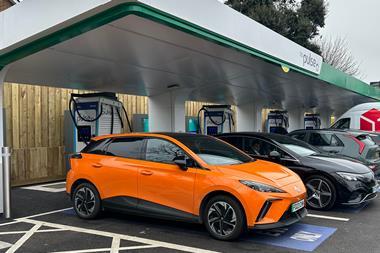
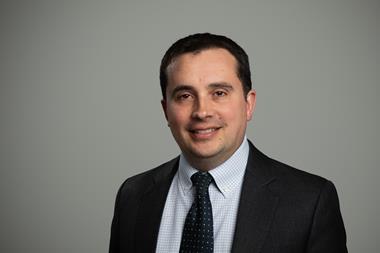
No comments yet